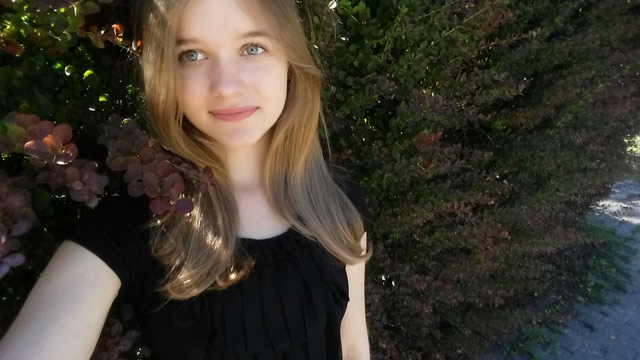Spanish present tense
SpanishDiego published
about 5 years ago

Pola published
about 5 years ago
Hola. Sure, I will try to explain it as clearly as possible 😀
Spanish Present Tense (Presente de indicativo)
Let's start with usage. You should and use this tense in the following situations:
- when you talk about things that happen regularly or habits
- when you talk about rules and truths
- when you talk about features, Tienes ojos verdes You have green eyes
- when you talk about something that is happening now, Estoy cansada I'm tired
In Spanish, verbs end with three different endings. They can end with -ar (bailar to dance, limpiar to clean). They can also end with -er (aprender to learn). And, finally, they can end with -ir (vivir to live).
To conjugate the regular verbs you need to take these endings away and add appropiate new ending depending on the subject and if it's singular or plural. Here are some examples with a few different verbs:
Vivo cerca I live nearby
Estudias polaco You learn Polish
Carmen canta muy bueno Carmen sings very well
Nosotros bailamos mucho We dance a lot
Nosotros comemos la cena juntos We eat dinner together
Let's learn conjugation of two verbs estudiar to learn, to study and leer to read and try to remember all the endings.
Estudiar
| Spanish | English |
|---|---|
| Yo estudio español | I study Spanish |
| Tu estudias español | You study Spanish |
| Él/Ella estudia español | He/She studies Spanish |
| Nosotros/Nosotras estudiamos español | We (m.)/We (f.) study Spanish |
| Vosotros/Vosotras estudiáis español | You (m.)/You (f.) study Spanish |
| Ellos/Ellas estudian español | They (m.)/They (f.) study Spanish |
Leer
| Spanish | English |
|---|---|
| Yo leo el libro | I read the book |
| Tu lees el libro | You read the book |
| Él/Ella lee el libro | He/She reads the book |
| Nosotros/Nosotras leemos el libro | We (m.)/We (f.) read the book |
| Vosotros/Vosotras leéis el libro | You (m.)/You (f.) read the book |
| Ellos/Ellas leen el libro | They (m.)/They (f.) read the book |
I think that after all this information we need to put our knowledge into practice. I have prepared a short quiz that will test your knowledge of the Spanish present tense. If you up for a challenge, click the link below and do the quiz.